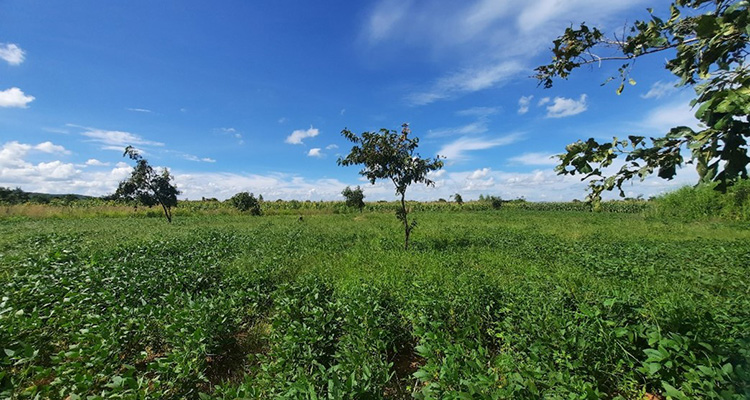
Project
Systemic Labour study to guide Soybean Advisory systems
This study will analyse soybean farming systems and labour issues to inform advisory systems towards sustainable soybean intensification in smallholder farmers in Kasungu district of central Malawi. The aim is to understand labor-based diversity in farming households of Kasungu district and the impact of intensification innovations in various farm types. The results of this study will help to co-design with farmers a conceptual guide that will help to account for labour in innovation development and dissemination systems.
Background
Following the reduction in tobacco production in Malawi, farmers have recently shifted their focus from tobacco to soybean intensification as the new cash crop. However soybean yields are still low in Malawi, the national average yield is 880 kg per ha yet the attainable yield ranges from 2000 to 2500 kg per ha. Such low yields are due to various biotic and biotic factors such as pests, diseases, climate hazards, and poor soil fertility.
To support soybean intensification, the Consortium of International Agricultural Research Centers(CGIAR) has introduced some intensification innovations including P-fertiliser application rates, new varieties, planting rates, and intercropping options. The intervention is in Kasungu district of central Malawi which is a former large tobacco producer, more land will potentially continue to be converted from tobacco to soybean to improve the livelihoods of farmers. However little is known about how such innovations can impact various farm types differently and how their impact can vary in various farm types.
In addition, even though less labour is required in soybean production than in tobacco production, labour has always remained an important factor of production in Malawi and a determinant of agricultural technology adoption. Labour availability determines the adoption of agricultural technologies but also technologies that affect labour requirements have had negative impacts on local communities including creation of seasonal hunger. This necessitates an understanding of labour dynamics in soybean-growing households of the Kasungu district and the impact of new intensification innovation in various labor-related farm types. This will help to guide innovation development and dissemination systems towards tailored recommendations of innovations and accounting for labour in advisory systems.
Project description
This study is set to analyse soybean farming systems to understand labour dynamics diversity, the impact of soybean intensification innovations across various farm types, and co-design, with farmers, a guide on how to account for labour in farm-level advisory systems.
Chapter one will characterise the current state and historical development of the farming system. It will also develop a labour-based farm typology with statistical and participatory approaches and compare the resultant typologies.
Chapter two will focus on detailed farm-type characterisation whereby seasonal labour requirements, allocations, and bottlenecks will be recorded to map labour calendars, peaks, allocations, and prioritisation decisions in periods of labour scarcity for various farm types.
Chapter three will explore the potential impact of soybean intensification innovations, with farmers from various farm types, on labour and livelihoods and assess the adaptability of innovations by developing Fuzzy Cognitive Maps for various farm types.
The results of the chapters above will help to co-design, with farmers from various types in Chapter four, a conceptual guide that will explain how advisory systems can account for labour in farm-level advisory systems that intend to deliver tailored advice on innovations.